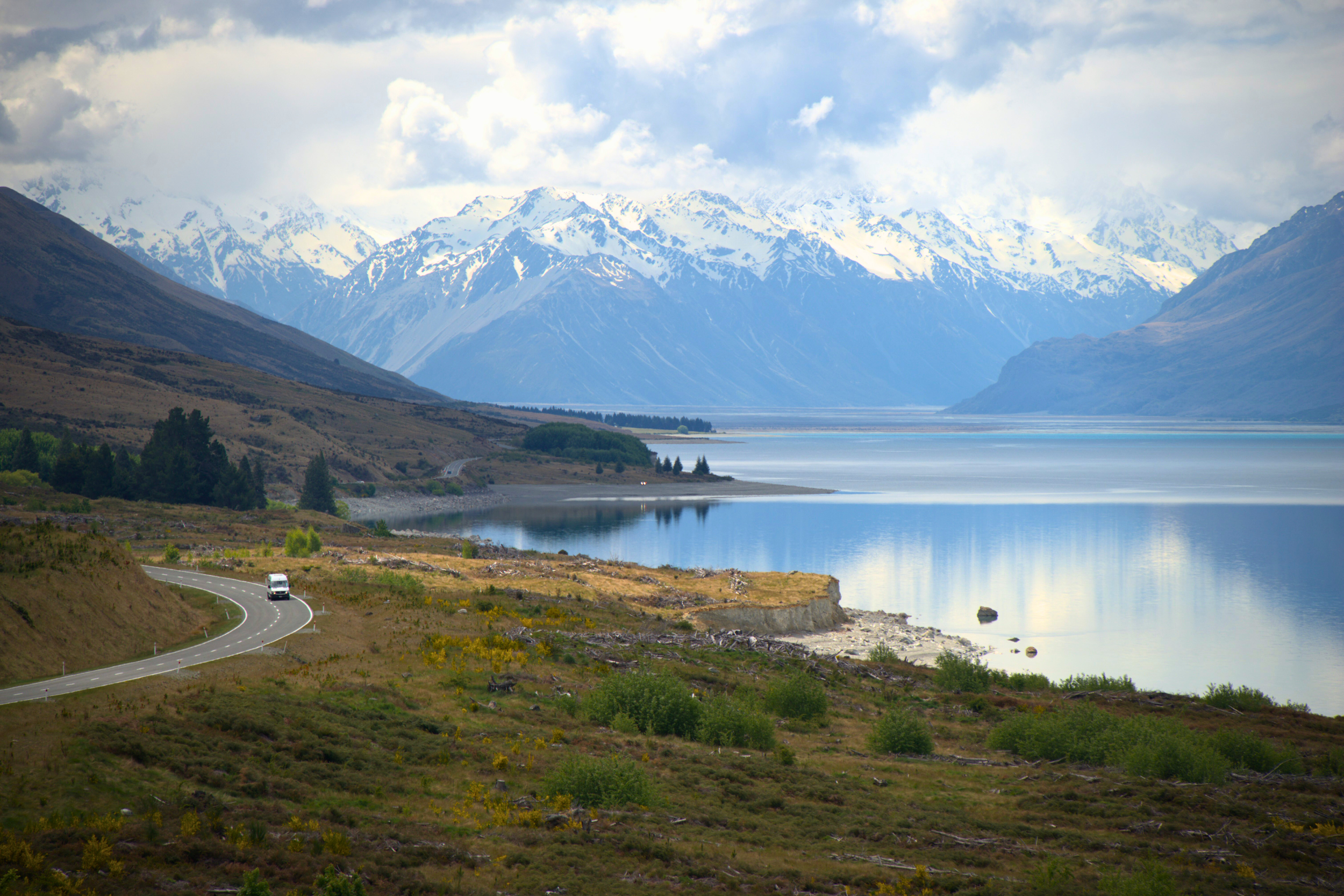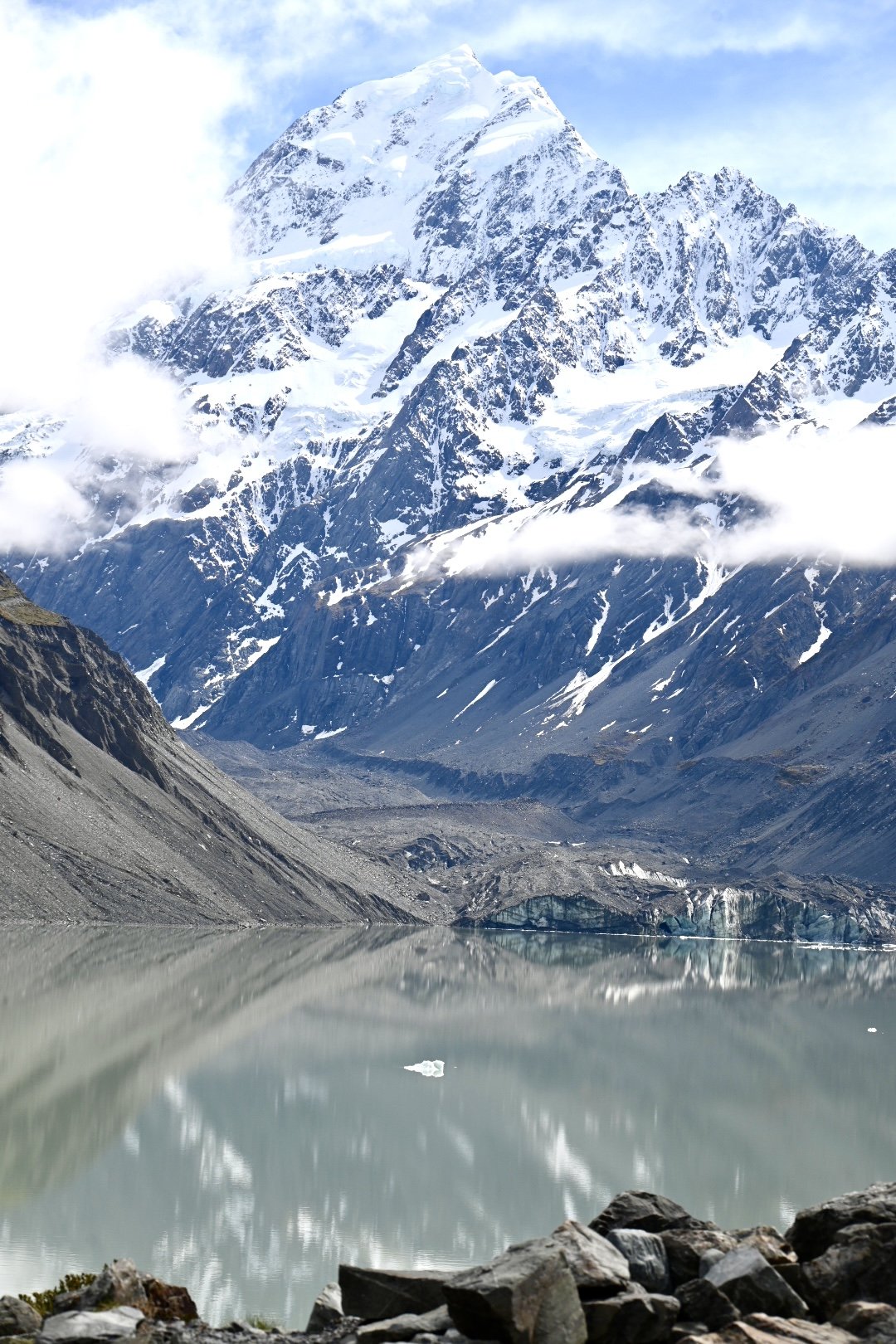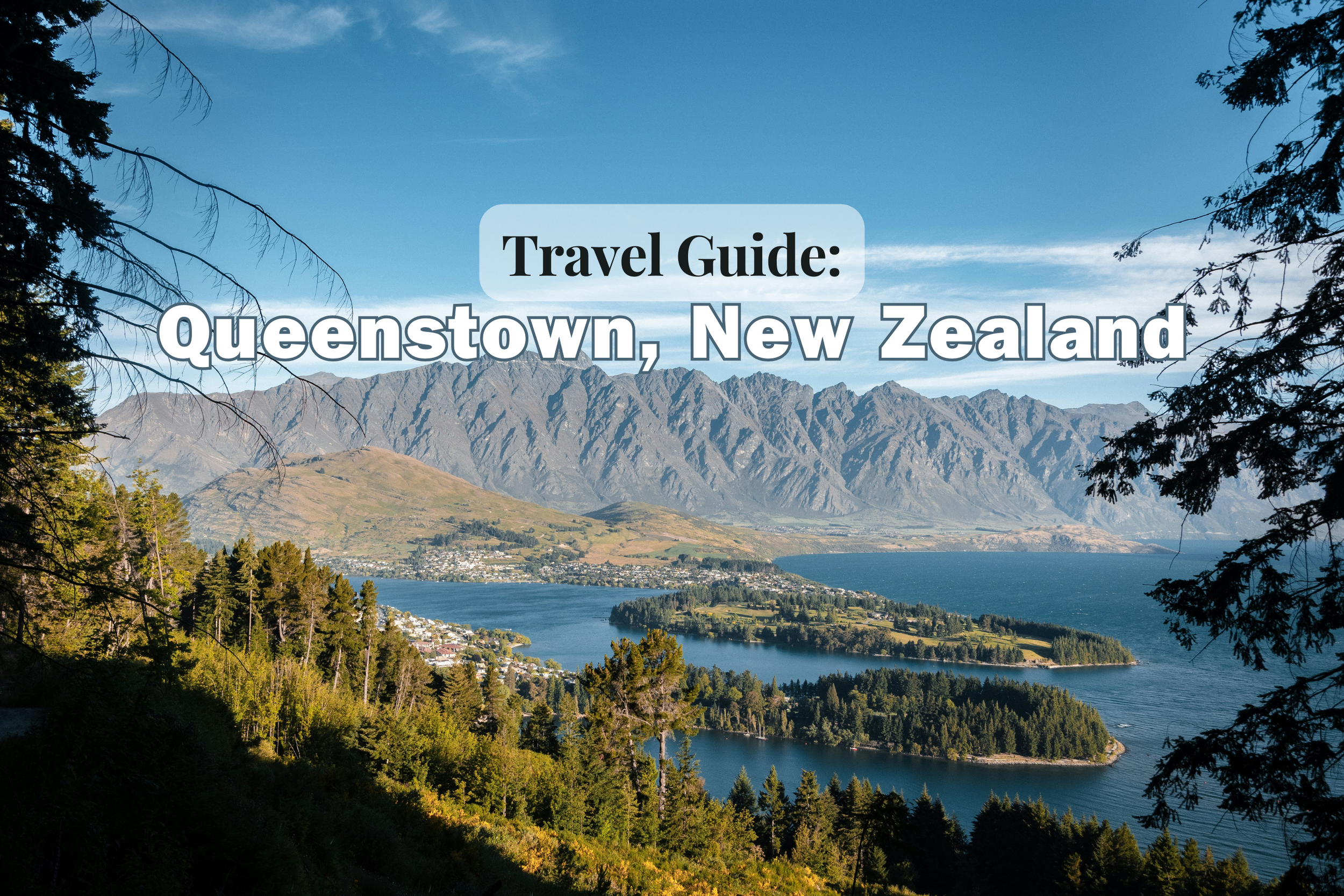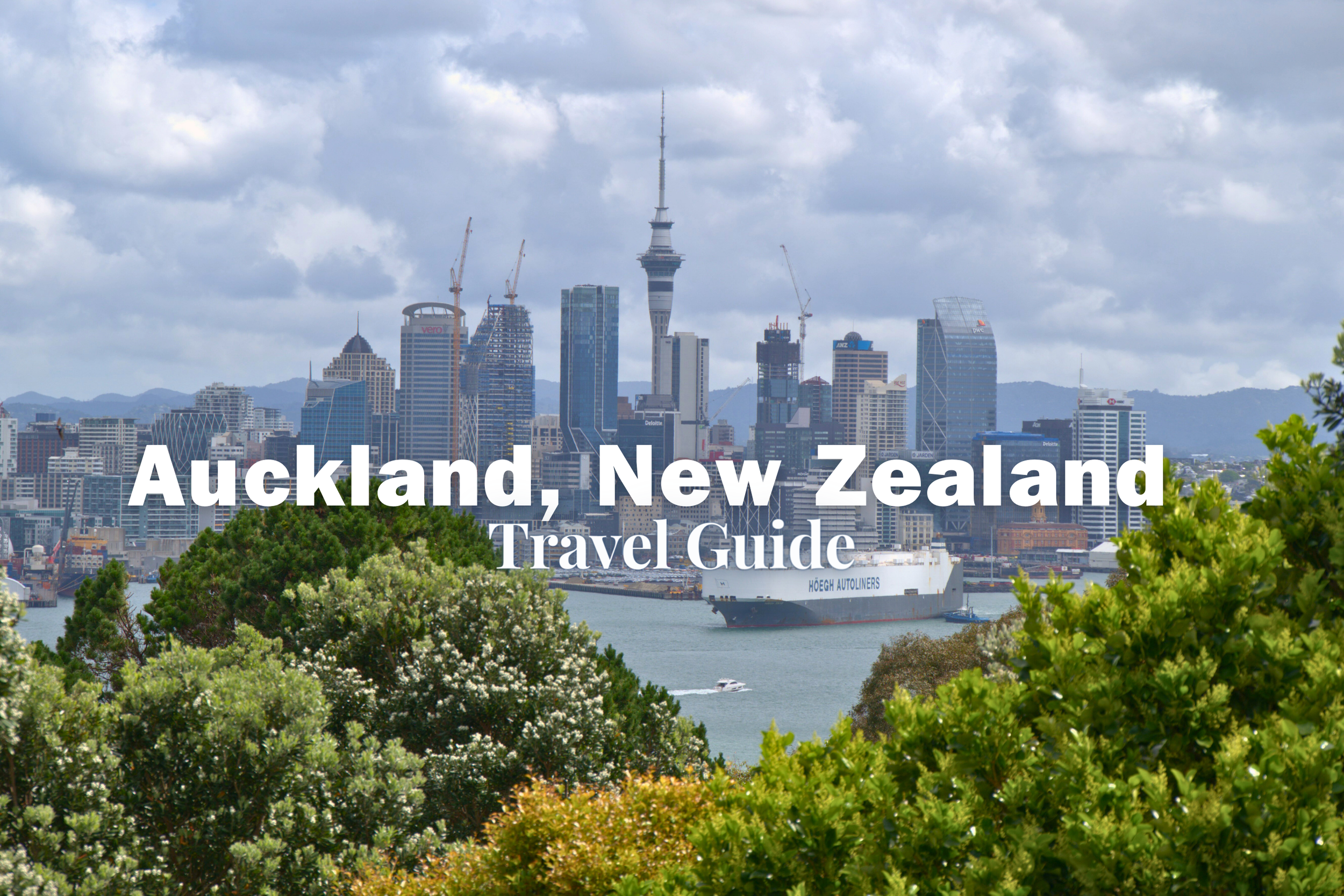
New Zealand's Majestic Peak: Exploring Mount Cook National Park
Mount Cook National Park, New Zealand
Mount Cook National Park, located on New Zealand's South Island, boasts the country's tallest peak, Aoraki/Mount Cook, standing at 3,724 meters. Renowned for its breathtaking alpine scenery, glaciers, and hiking trails, it's a haven for outdoor enthusiasts and nature lovers alike.
Table of Contents
Introduction
Getting There
Accommodation
Activities
Points of Interest
Wildlife Viewing
Safety and Regulations
Nearby Attractions
Visitor Services
Seasonal Considerations
Insider Tips
Welcome to our ultimate guide to Mount Cook National Park, a breathtaking wilderness sanctuary nestled in the heart of New Zealand's South Island. Join us on an unforgettable journey as we explore the towering peaks, pristine glaciers, and stunning alpine landscapes of this iconic destination. Whether you're a seasoned adventurer seeking thrilling outdoor activities or a nature enthusiast craving tranquil moments amidst awe-inspiring scenery, Mount Cook National Park promises an unforgettable experience for all who venture into its rugged embrace.
Introduction: The Splendor of Mount Cook National Park
Nestled in New Zealand's South Island, Mount Cook National Park is a breathtaking wilderness sanctuary, anchored by the majestic presence of Aoraki/Mount Cook. With a history steeped in Māori mythology and European exploration, the park's rugged beauty captivates visitors from around the globe.
History and Cultural Heritage
Mount Cook National Park's history is rich and diverse, blending Māori legends of sacred ancestors with tales of European adventurers drawn to its untamed wilderness. Established in 1953, the park stands as a testament to the enduring spirit of exploration and conservation.
Unique Appeal: Nature's Playground
Beyond its towering peaks and expansive glaciers, Mount Cook National Park offers an array of outdoor adventures, from scenic hikes along the Hooker Valley Track to thrilling glacier hikes and stargazing under pristine dark skies. Every corner of the park beckons with the promise of discovery and wonder.
Preservation and Conservation
Committed to environmental stewardship and cultural preservation, Mount Cook National Park strives to protect its natural and cultural heritage for future generations. Through sustainable tourism initiatives and efforts to restore native habitats, the park remains a shining example of conservation excellence.
Getting There: Your Gateway to Mount Cook National Park
Embarking on your journey to Mount Cook National Park is an adventure in itself. Here's a breakdown of the transportation options to help you plan your trip:
1. Driving Routes: Embrace the Scenic Route
Begin your journey in Christchurch and enjoy a picturesque drive through the Canterbury Plains.
Make stops in charming towns like Geraldine and Lake Tekapo along the way.
Take in the stunning landscapes of the Mackenzie Basin as you approach your destination.
2. Public Transportation: Relax and Enjoy the Ride
Hop on an Intercity bus from major cities like Christchurch, Queenstown, or Dunedin.
Arrive in nearby towns such as Twizel or Tekapo, where you can catch connecting shuttles to the park.
Consider joining a guided tour for informative commentary and convenient transportation from major tourist hubs.
3. Nearby Airports: Fly High to Your Destination
Fly into Tekapo Airport for convenient access to Mount Cook National Park.
Enjoy domestic flights from cities like Christchurch or Wellington.
Consider booking a scenic flight over the Southern Alps for a breathtaking aerial view of the park.
Overview: Tips for Planning Your Journey
Check road conditions and weather forecasts, especially during winter months.
Book accommodations and transportation in advance, especially during peak tourist seasons.
Pack essentials like water, snacks, and warm clothing for your adventure in the wilderness.
Accommodation
After a day of exploration in the wilderness of Mount Cook National Park, finding the perfect place to rest your head is essential. Here are some recommendations for lodging options within and around the park to suit every traveler's preferences:
1. Campsites: Embrace the Great Outdoors
White Horse Hill Campground: Situated within the park, this campground offers stunning views of Aoraki/Mount Cook and convenient access to hiking trails like the Hooker Valley Track.
Glentanner Park Centre: Located just outside the park boundaries, this campground provides basic facilities and breathtaking views of the Southern Alps.
2. Lodges: Rustic Charm and Comfort
Aoraki Court Motel: Conveniently located in the heart of Mount Cook Village, this cozy motel provides modern amenities and easy access to nearby attractions.
3. Hotels: Luxury and Convenience
The Hermitage Hotel: As one of the premier accommodations in the area, The Hermitage Hotel offers luxurious rooms, gourmet dining, and exceptional service amidst the stunning alpine scenery.
The Old Mountaineers' Cafe, Bar & Restaurant: Situated in Mount Cook Village, this charming hotel provides cozy accommodations, hearty meals, and a warm, welcoming atmosphere for guests.
Whether you prefer the rustic charm of a campground, the cozy comforts of a lodge, or the luxury of a hotel, there's an accommodation option to suit every taste and budget in and around Mount Cook National Park. Be sure to book your stay in advance, especially during peak seasons, to secure your spot in this wilderness paradise.
Activities: Dive Into Adventure
Explore the diverse range of outdoor activities available in Mount Cook National Park, catering to all levels of adventurers:
1. Hiking:
Hooker Valley Track: This iconic trail winds its way through alpine meadows, over swing bridges, and alongside glacier-fed rivers, offering breathtaking views of Aoraki/Mount Cook. The round trip takes about 3-4 hours and is suitable for all skill levels.
Sealy Tarns Track: Ascend steep switchbacks to reach stunning viewpoints overlooking the Hooker Valley and Mueller Glacier. The track climbs 450 meters in just over two kilometers, offering a challenging yet rewarding hike.
2. Mountaineering:
Aoraki/Mount Cook Summit: For experienced climbers, tackling the highest peak in New Zealand offers the ultimate challenge and reward. Climbing Aoraki/Mount Cook requires technical skill and proper equipment, typically taking 2-3 days to complete.
Mueller Hut Route: Embark on a challenging alpine trek to reach Mueller Hut, perched high above the valley with panoramic views of the surrounding peaks. The hike to Mueller Hut takes approximately 4-5 hours one way, with stunning scenery along the route.
3. Skiing and Snowboarding:
Tasman Glacier Skiing: Experience the thrill of skiing or snowboarding on the longest glacier in New Zealand, surrounded by towering ice cliffs and pristine alpine scenery. Guided ski tours are available for all skill levels, with options for heli-accessed runs and backcountry adventures.
Fox Peak Ski Area: Venture off the beaten path to this lesser-known ski area, offering uncrowded slopes and stunning views of Aoraki/Mount Cook. With a variety of terrain suitable for beginners to advanced skiers, Fox Peak provides a unique alpine experience.
4. Scenic Flights:
Glacier Helicopter Tours: Soar above the Southern Alps and witness the awe-inspiring beauty of Mount Cook National Park from the sky, with options for glacier landings and aerial sightseeing. Helicopter tours offer a bird's-eye view of the park's dramatic landscapes and iconic landmarks, providing unforgettable memories.
Air Safaris: Embark on a fixed-wing aircraft tour for a unique perspective of the park's diverse landscapes, including Tasman Glacier, Hooker Valley, and Lake Pukaki. With knowledgeable pilots providing informative commentary, air safaris offer a comprehensive overview of the park's natural and cultural heritage.
Points of Interest: Discover Nature's Masterpieces
Immerse yourself in the natural wonders and iconic landmarks that define Mount Cook National Park:
1. Tasman Glacier:
Take a boat tour on the Tasman Glacier Terminal Lake and marvel at the towering icebergs calved from the glacier's face.
Embark on a guided glacier hike to explore the icy wonders of the Tasman Glacier up close.
2. Hooker Valley Track:
Wander along the well-maintained trail to Hooker Lake, where you'll be rewarded with stunning views of Aoraki/Mount Cook and the surrounding peaks.
Capture the beauty of the park's diverse landscapes, from alpine meadows to glacier-carved valleys, along this popular hiking route.
3. Mueller Hut:
Challenge yourself with a hike to Mueller Hut, perched high above the Hooker Valley, and enjoy unparalleled panoramic views of the Southern Alps.
Spend a night in the historic Mueller Hut to experience the tranquility of the alpine environment under a star-filled sky.
4. Kea Point:
Visit Kea Point for a leisurely walk with panoramic views of the Mueller Glacier Lake, Hooker Valley, and Aoraki/Mount Cook dominating the skyline.
Keep an eye out for the mischievous kea parrots, known for their playful antics and inquisitive nature, often spotted in the area.
5. Blue Lakes and Tasman Glacier Viewpoint:
Take a short walk to the Blue Lakes and Tasman Glacier Viewpoint for stunning views of the turquoise-hued lakes and the majestic Tasman Glacier.
Learn about the geological history of the area and the effects of glacial retreat on the landscape.
6. Red Tarns Track:
Embark on a rewarding hike to the Red Tarns for sweeping views of Aoraki/Mount Cook, Mueller Glacier, and the Hooker Valley.
Keep an eye out for native birdlife, including the elusive rock wren, often seen in the alpine shrublands.
7. The Hermitage:
Visit The Hermitage, a historic hotel and cultural center located in Mount Cook Village, offering dining, accommodations, and stunning views of Aoraki/Mount Cook.
8. Tasman Valley:
Drive or cycle along the Tasman Valley Road for spectacular views of the Tasman Glacier and surrounding peaks.
Stop at the Tasman Valley Viewpoint for a panoramic vista of the glacier terminal lake and the vast expanse of the valley.
9. Alpine Lakes:
Explore the pristine alpine lakes of Mount Cook National Park, including Lake Pukaki and Lake Tekapo, known for their stunning turquoise waters.
Take a scenic drive or hike along the shores of these iconic lakes, soaking in the beauty of the surrounding landscapes.
10. The Sir Edmund Hillary Alpine Centre:
Immerse yourself in the history and culture of Mount Cook National Park at the Sir Edmund Hillary Alpine Centre, located within The Hermitage hotel.
Discover interactive exhibits, multimedia displays, and artifacts showcasing the pioneering spirit of exploration and adventure in the region.
Wildlife Viewing: Connecting with Nature's Wonders
Immerse yourself in the rich tapestry of wildlife that calls Mount Cook National Park home. Here are some tips for spotting native flora and fauna, from birds to alpine plants and unique wildlife species:
1. Birds:
Keep an eye out for the iconic kea parrot, known for its playful nature and vibrant plumage. These intelligent birds are often spotted in the alpine regions of the park, particularly around car parks and hiking trails.
Look for the New Zealand falcon, or kārearea, soaring high above the valleys and ridges of Mount Cook National Park. With its distinctive black and white plumage and swift flight, the kārearea is a thrilling sight to behold.
2. Alpine Plants:
Take a leisurely stroll along the park's hiking trails to discover a treasure trove of alpine flora, from delicate mountain daisies to vibrant tussock grasses. Look for the iconic Mount Cook lily, with its striking white flowers and glossy green leaves, adorning the banks of alpine streams and tarns.
Keep an eye out for rare and endemic species such as the Mount Cook buttercup, found in moist alpine meadows and rocky outcrops. With its vibrant yellow flowers and heart-shaped leaves, the Mount Cook buttercup is a true symbol of the park's pristine wilderness.
3. Unique Wildlife Species:
Keep your binoculars handy for a chance encounter with the elusive rock wren, a small alpine bird endemic to New Zealand. Look for these cryptic creatures darting among the rocks and scree slopes of Mount Cook National Park, where they forage for insects and seeds.
Listen for the haunting call of the South Island kākā, a native parrot with distinctive red-orange plumage and a raucous, echoing cry. While less common than its cousin, the kea, the South Island kākā can sometimes be spotted in the forested valleys and beech forests of the park.
Tips for Wildlife Viewing:
Rise early to catch the dawn chorus and increase your chances of spotting wildlife during their most active hours.
Be patient and observant, taking time to scan the surrounding landscape for movement and signs of wildlife activity.
Respect wildlife and observe from a distance, avoiding sudden movements or loud noises that may disturb or frighten animals.
Consider joining a guided nature walk or wildlife tour led by knowledgeable local guides, who can provide insights into the park's ecology and help you spot elusive species.
Nearby Attractions: Explore the Surrounding Wonders
While Mount Cook National Park offers an abundance of natural beauty and outdoor adventures, the surrounding area is also home to a wealth of attractions waiting to be discovered. Here are some nearby destinations worth exploring:
1. Lake Tekapo:
Visit the iconic Lake Tekapo, renowned for its stunning turquoise waters and panoramic mountain views. Take a leisurely stroll along the lakeshore or embark on a scenic drive to nearby attractions like the Church of the Good Shepherd and the Tekapo Springs hot pools.
Don't miss the opportunity to witness the breathtaking night sky above Lake Tekapo, designated as a UNESCO Dark Sky Reserve. Join a stargazing tour or simply gaze up at the stars from the lakeshore for an unforgettable celestial experience.
2. Tasman Valley:
Explore the rugged beauty of the Tasman Valley, located just a short drive from Mount Cook Village. Take a guided glacier hike on the Tasman Glacier or embark on a thrilling boat tour of the Tasman Glacier Terminal Lake, where you can marvel at towering icebergs calved from the glacier's face.
Stop at the Tasman Glacier Viewpoint for panoramic views of the valley and surrounding peaks, including Aoraki/Mount Cook and the Southern Alps. Keep your camera handy for stunning photo opportunities against the backdrop of New Zealand's highest mountains.
3. Mackenzie Basin:
Venture into the picturesque Mackenzie Basin, a vast expanse of tussock grasslands and shimmering lakes nestled between the Southern Alps and the Two Thumb Range. Explore the charming town of Twizel, where you can enjoy outdoor activities like cycling, fishing, and kayaking on the nearby canals and rivers.
Discover the hidden gems of the Mackenzie Basin, including the picturesque Lake Pukaki and Lake Alexandrina, known for their vibrant turquoise waters and stunning alpine vistas. Take a scenic drive along the Alps 2 Ocean Cycle Trail or hike to the top of Mount John for panoramic views of the basin and beyond.
4. Tekapo Canal Walkway:
Embark on a scenic walk along the Tekapo Canal Walkway, offering stunning views of Lake Tekapo and the surrounding mountains. Meander along the tranquil waterway, keeping an eye out for native birdlife and enjoying the peaceful ambiance of the countryside.
Safety and Regulations: Navigating Your Adventure Safely
Exploring the wilderness of Mount Cook National Park offers exhilarating experiences, but it's essential to prioritize safety. Here's important information on park rules, weather considerations, and safety tips to ensure a safe and enjoyable visit:
Park Rules:
Respect wildlife and natural habitats by observing from a distance and avoiding feeding or disturbing animals.
Stay on designated trails and follow signage to protect fragile ecosystems and minimize environmental impact.
Pack out all waste and litter to keep the park clean and preserve its pristine beauty for future generations.
Weather Considerations:
Be prepared for rapid weather changes in alpine environments, including sudden temperature drops, strong winds, and precipitation.
Check weather forecasts and trail conditions before heading out, and be prepared to adjust your plans accordingly.
Dress in layers and pack essential gear such as waterproof clothing, sturdy footwear, sunscreen, and plenty of water.
Safety Tips:
Inform someone of your plans before setting out on outdoor activities, including hiking, mountaineering, or skiing.
Carry a map, compass or GPS device, and know how to use them to navigate in case of emergency.
Be aware of potential hazards such as avalanches, rockfall, and crevasses, and take appropriate precautions to mitigate risks.
Emergency Procedures:
In case of emergency, dial 111 for emergency assistance and provide details of your location and situation.
Carry a first aid kit and know basic first aid techniques to address minor injuries while waiting for help to arrive.
Stay calm and stay put if you become lost or injured, and conserve energy and resources while awaiting rescue.
Visitor Services: Enhancing Your Park Experience
Make the most of your visit to Mount Cook National Park with a range of visitor services and amenities available within the park:
1. Visitor Centers:
The Sir Edmund Hillary Alpine Centre: Located within The Hermitage hotel in Mount Cook Village, this visitor center offers interactive exhibits, educational displays, and a theater showcasing the history and natural wonders of the park.
2. Guided Tours:
Glacier Explorer Tours: Join a guided glacier hike or boat tour to explore the icy wonders of the Tasman Glacier, including up-close views of towering icebergs and pristine alpine landscapes.
Stargazing Tours: Experience the magic of the night sky with guided stargazing tours led by knowledgeable astronomers, offering insights into the stars, planets, and constellations visible from the park.
3. Equipment Rental:
Outdoor Gear Rental: Rent hiking gear, mountaineering equipment, and other outdoor essentials from local outfitters and rental shops in Mount Cook Village.
Ski and Snowboard Rental: Gear up for winter adventures with ski and snowboard rentals available in nearby towns like Twizel and Lake Tekapo.
4. Dining and Accommodations:
The Hermitage Hotel: Enjoy dining options ranging from casual cafes to fine dining restaurants, as well as accommodations ranging from cozy rooms to luxury suites, all with stunning views of Aoraki/Mount Cook.
Mount Cook Village: Explore a variety of dining options, accommodations, and amenities in the village, including cafes, restaurants, lodges, and holiday parks catering to all tastes and budgets.
5. Interpretive Programs:
Join ranger-led interpretive programs and guided nature walks offered by the Department of Conservation, providing insights into the park's ecology, geology, and cultural heritage.
Participate in educational workshops and events focused on conservation, sustainability, and environmental stewardship, fostering a deeper connection with the natural world.
Seasonal Considerations: Timing Your Adventure
Planning your visit to Mount Cook National Park involves considering the seasonal variations in weather, activities, and natural highlights. Here's a guide to help you choose the best time to visit:
1. Spring (September - November):
Experience the awakening of nature as spring brings blooming wildflowers, vibrant foliage, and newborn wildlife to the park.
Enjoy mild temperatures and fewer crowds, making it an ideal time for hiking, wildlife spotting, and photography.
Don't miss the opportunity to witness the annual lupin bloom along the shores of Lake Tekapo and Lake Pukaki, painting the landscape in shades of purple and pink.
2. Summer (December - February):
Bask in long daylight hours and warm temperatures, perfect for outdoor adventures like hiking, mountain biking, and boating.
Explore the park's extensive network of hiking trails, including the iconic Hooker Valley Track and Mueller Hut Route, with clear skies and stunning alpine vistas.
Attend special events and festivals, such as the Aoraki Mackenzie Starlight Festival, celebrating the park's designation as a UNESCO Dark Sky Reserve with stargazing tours, astronomy workshops, and cultural performances.
3. Autumn (March - May):
Witness the dramatic transformation of the landscape as autumn brings golden hues to the forests and valleys of Mount Cook National Park.
Enjoy cooler temperatures and crisp mountain air, perfect for hiking, photography, and wildlife viewing as animals prepare for the winter months.
Take part in seasonal activities like trout fishing in the park's pristine rivers and lakes, or embark on scenic drives to admire the fall colors along the Tasman Valley and Mackenzie Basin.
4. Winter (June - August):
Embrace the winter wonderland of Mount Cook National Park with snow-covered peaks, frozen lakes, and glistening ice formations.
Experience the thrill of skiing, snowboarding, and glacier hiking on the park's pristine slopes and glaciers, with options for guided tours and equipment rental available.
Warm up after a day of outdoor adventure with cozy accommodations, hot meals, and relaxing spa treatments in Mount Cook Village, offering a welcome retreat from the winter chill.
5. Year-round Highlights:
Regardless of the season, don't miss the chance to witness the majestic beauty of Aoraki/Mount Cook, the tallest peak in New Zealand, standing sentinel over the park's rugged landscapes.
Take advantage of year-round stargazing opportunities in Mount Cook National Park, designated as a UNESCO Dark Sky Reserve, with clear, unpolluted skies offering breathtaking views of the cosmos.
Insider Tips: Unlocking the Secrets of Mount Cook National Park
For an unforgettable experience in Mount Cook National Park, here are some insider insights, hidden gems, and practical advice from seasoned travelers and locals familiar with the area:
1. Explore Beyond the Beaten Path:
Venture off the main trails to discover hidden waterfalls, secluded valleys, and pristine alpine lakes tucked away in the park's remote corners.
Don't be afraid to explore lesser-known areas of the park, such as the Sealy Range and the Dobson Valley, for a true wilderness adventure away from the crowds.
2. Pack Accordingly for Variable Weather:
Be prepared for rapid weather changes in the mountains, including sudden storms, strong winds, and temperature fluctuations.
Dress in layers and pack essential gear such as waterproof clothing, sturdy footwear, sunscreen, and plenty of water to stay comfortable and safe in any conditions.
3. Take Advantage of Local Knowledge:
Strike up conversations with park rangers, tour guides, and fellow travelers to glean valuable insights and recommendations for exploring the park.
Ask locals for insider tips on hidden gems, secret viewpoints, and off-the-beaten-path experiences that you won't find in guidebooks or tourist brochures.
4. Capture the Magic of Sunrise and Sunset:
Set your alarm early to witness the spectacular sunrise over Aoraki/Mount Cook, casting the mountains in golden hues and painting the sky with vibrant colors.
Stay late to capture the breathtaking sunset views from key vantage points like the Hooker Valley Track or the Tasman Glacier Viewpoint, as the mountains glow with the fading light of day.
5. Respect Nature and Leave No Trace:
Practice Leave No Trace principles by disposing of waste properly, staying on designated trails, and respecting wildlife and natural habitats.
Help preserve the park's pristine beauty for future generations by leaving only footprints and taking only photographs during your visit.






















